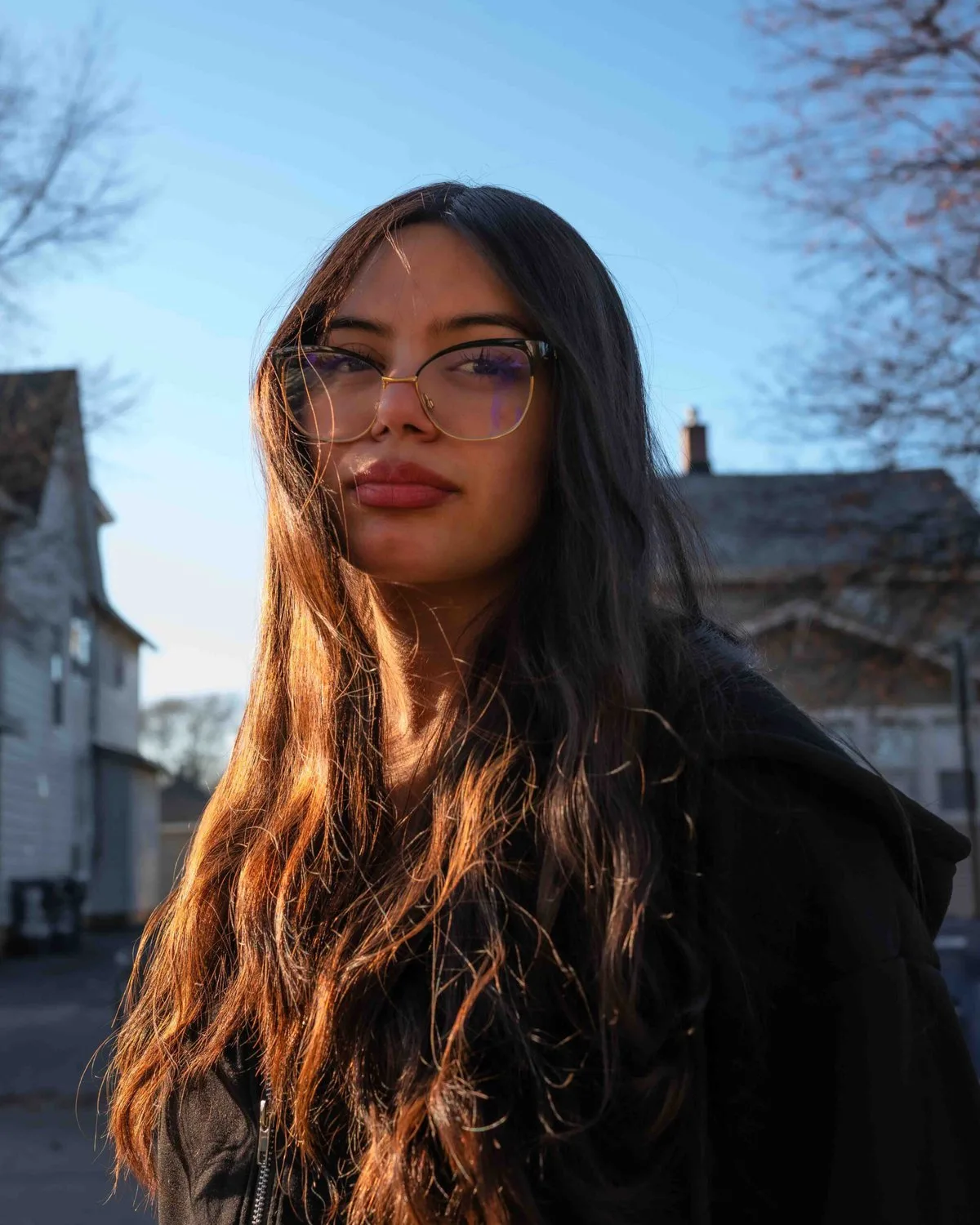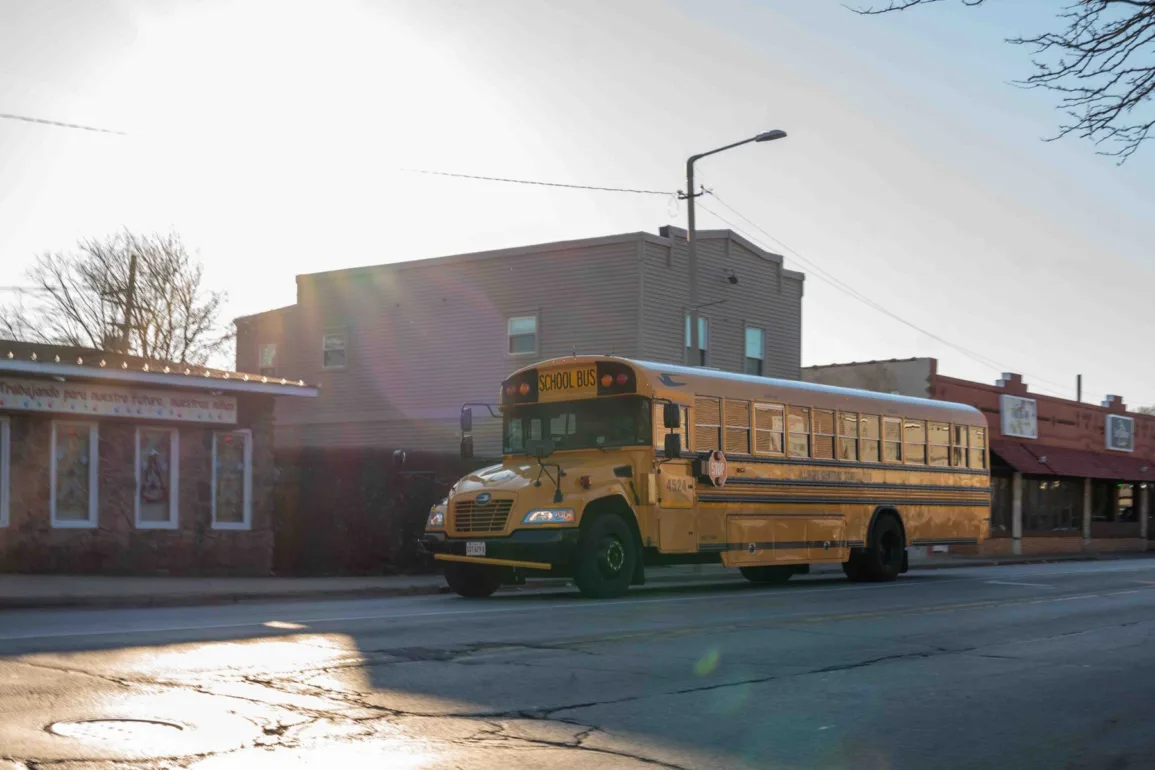This story was produced by The Hechinger Report, a nonprofit, nonpartisan news outlet focused on education.
On a sunny but brisk November afternoon inside Robert Abbott Middle School, six eighth-grade girls quickly filed into a small but colorful classroom and seated themselves in a circle.
Yuli Paez-Naranjo, a Working on Womanhood counselor, sported a purple WOW T-shirt as she led the group in a discussion about how values can inform decisions.
“Do you ever feel like two little angels are sitting on each of your shoulders, one whispering good things to you, the other whispering bad things?” Paez-Naranjo asked the girls. The students nodded and giggled.
At the 50-minute WOW circle, girls have a chance to set aside the pressures of the school day, laugh with and listen to one another, and work through personal problems. The weekly meeting is the centerpiece of individual and group therapy that WOW offers throughout the school year to Black and Hispanic girls, and to students of all races who identify as female or nonbinary, in grades six to 12.
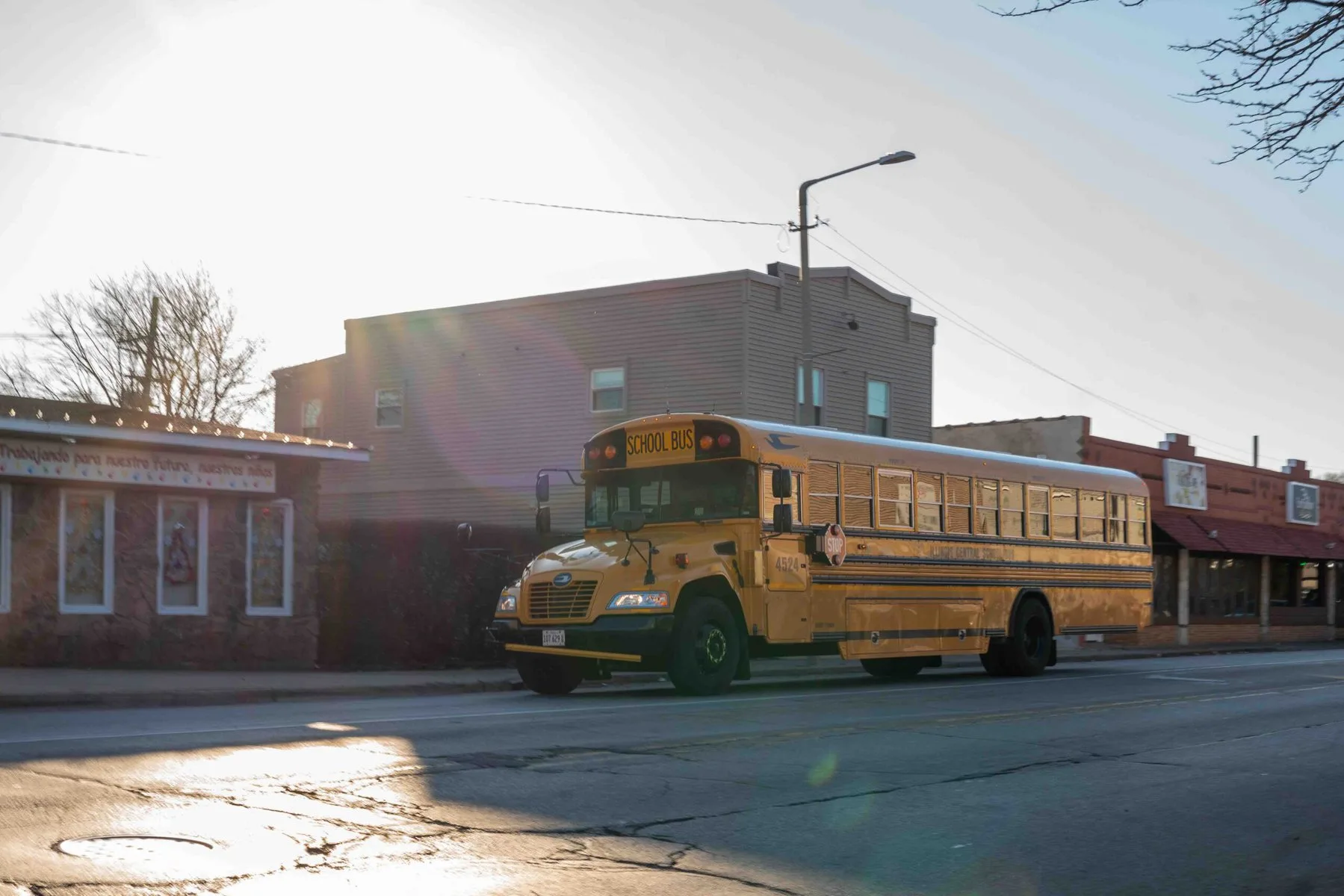
Created in 2011 by Black and Hispanic social workers at the nonprofit organization Youth Guidance, WOW’s goal is to build a healthy sense of self-awareness, confidence and resilience in a population that is often underserved by mental health programs.
Youth Guidance offers WOW to about 350 students in Waukegan Community Unit School District 60, which serves an industrial town of about 88,000 located about 30 miles north of Chicago. Just over 93 percent of the district’s 13,600 students are Black or Hispanic, and about 67 percent come from families classified as low income.
The program also serves students in Chicago, Boston, Kansas City and Dallas. WOW counselors work with school-based behavioral health teams, administrators and teachers to identify students with high stress levels who might benefit from the program.
Recent research shows that WOW works: At a time when teen girls’ mental health is in crisis, a 2023 University of Chicago Education Lab randomized control trial found that WOW reduced PTSD symptoms among Chicago Public Schools participants by 22 percent and decreased their anxiety and depression.
Multiple hurdles, including funding, counselor burnout and distrust of mental health programs stand in the way of getting WOW to more students. But one way the program overcomes impediments is by bringing the program to the place students spend most of their time — school.
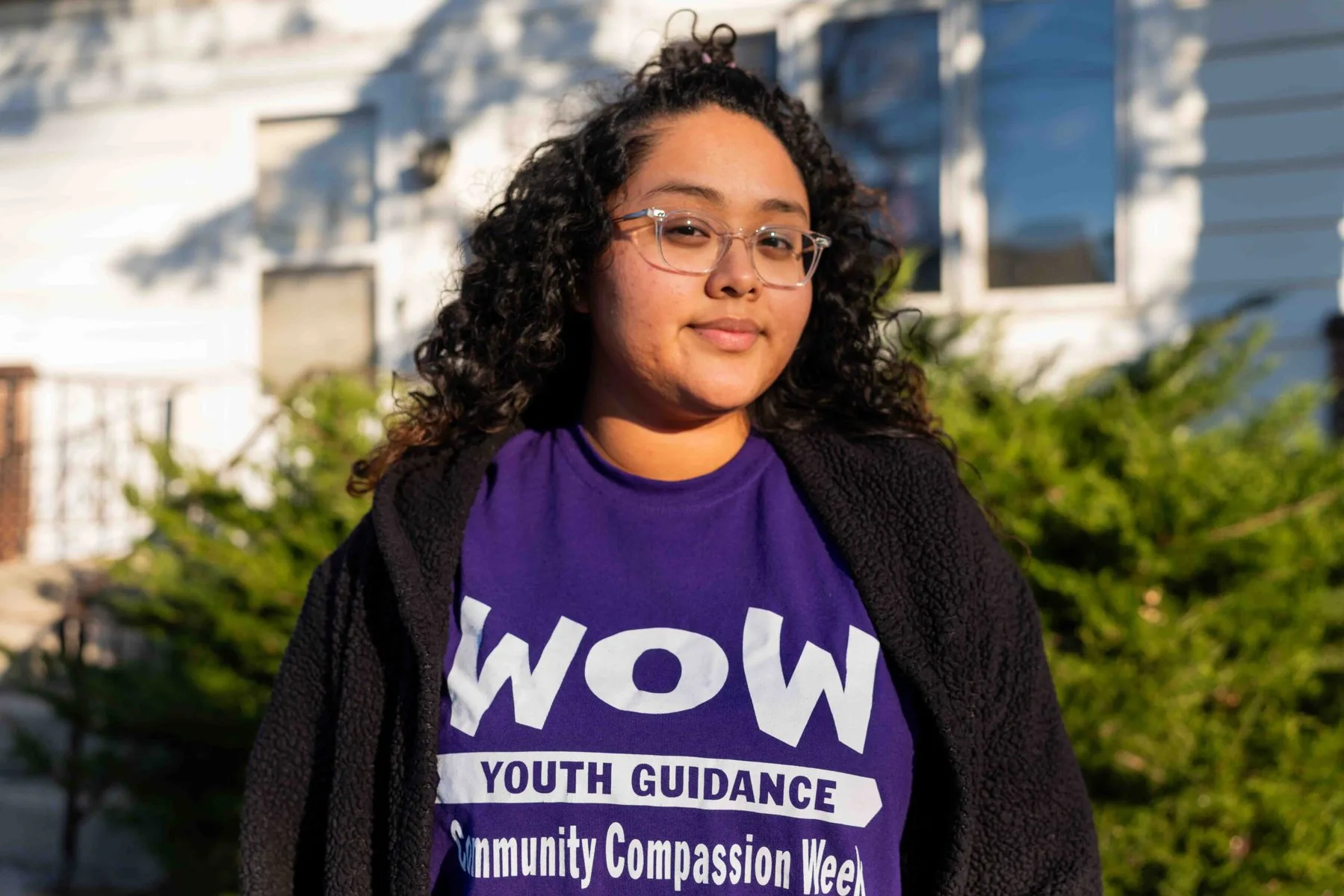
Paez-Naranjo, who is so well-liked among Abbott students that even kids who aren’t in the program seek her out, posed a question to the group.
“Let’s talk about positive and negative consequences of certain decisions. How about fighting?” she asked.
“The only positive outcome is you may find out how strong you are,” said Deanna Palacio, one of the girls.
“Why fight when you can talk it out?” asked another student, Ka’Neya Lehn.
“Right? What’s the point?” said a third girl, Ana Ortiz.
Crushed by negative news?
Sign up for the Reasons to be Cheerful newsletter.
Nacole Milbrook, Youth Guidance chief program officer, said WOW was developed to address often overlooked needs among Hispanic and Black girls. “Girls have been left out [of mental health support initiatives], mainly because they are not making trouble,” she said.
A baseline study of over 2,000 girls in Chicago’s public schools, conducted by the University of Chicago Education Lab team, found “staggeringly high” rates of trauma exposure: Nearly one third of the participating young women had witnessed someone being violently assaulted or killed, and almost half lost someone close to them through violent or sudden death. Some 38 percent of girls in this group showed signs of PTSD, double the rate of service members returning from Iraq and Afghanistan.
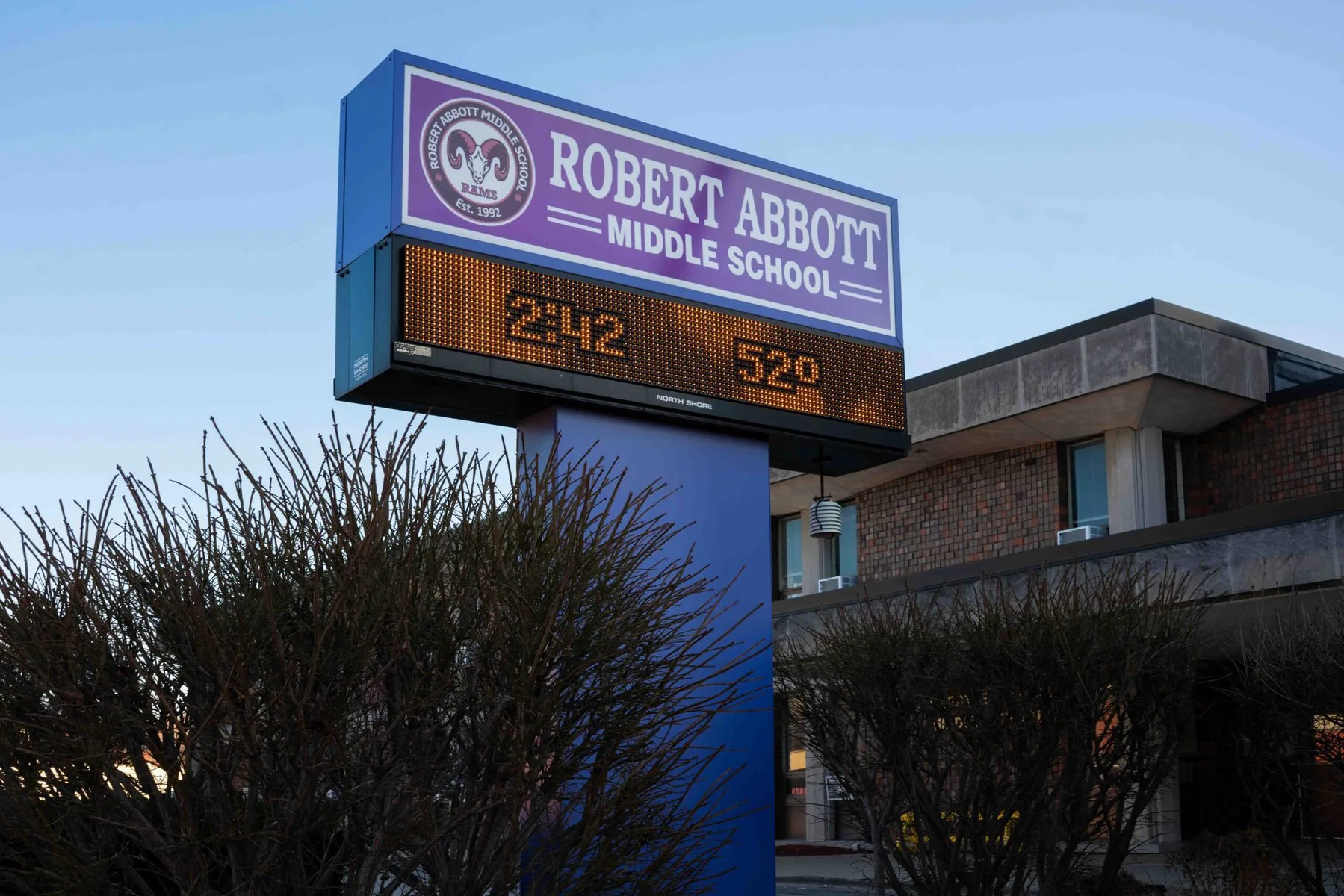
Paez-Naranjo and fellow WOW counselor Te’Ericka Kimbrough, who works at Waukegan Alternative/Optional Educational Center, have supported students who have suffered sexual assault. Some participants in their circles are teen parents. Others are trying to resist negative peer pressure. Still others are in families that are struggling financially.
Compared to other students, Black and Hispanic students have a harder time getting mental health support in school. In-school mental health support targeted to girls, especially evidence-based, sustained programs like WOW, is scarce or nonexistent in many public schools.
Even scarcer is mental health support from providers who can give culturally responsive care. Only five percent of US mental health providers are Hispanic. Just 4 percent are Black.

Sally Nuamah, associate professor of urban politics in human development and social policy at Northwestern University, said the tendency of adults to view Black youth as more adult-like than their white peers can shroud the mental health needs of Black children. In addition, the girls’ own positive behavior can mask their needs: In a study of the WOW program, participants were found to have strong school attendance and at least a B average, even as more than a third showed signs of post-traumatic stress disorder.
“They are perceived as resilient and possessing grit,” Nuamah said. “This obscures the real mental health needs of students of color and perpetuates institutionally racist policies because these students are not perceived as needing the same resources.”
Serving students where they are physically present nearly 200 days per year is one way to fill the too-often unmet need for support, Nuamah said.
“WOW is the only [school-based] organization that does what it does to the extent that it does,” she said. “Most [mental health] services are offered out of school.”
Laurel Crown, Youth Guidance senior research and evaluation manager, said the nonprofit is working to figure out just what parts of the program work best. End-of-school-year participant surveys, which use measures similar to those used in the Education Lab study, suggest that the relationships developed between WOW counselors and participants are a key reason the program is effective.
“Our theory of change is that WOW works because … [students] are attending this incredibly powerful support group every week and this support person is there every day in the school for them,” Crown said.
WOW counselors are “systemically engaged” in the schools where they are based, said Fabiola Rosiles-Duran, WOW program supervisor for Waukegan. They stay informed about whole-school dynamics by being part of behavioral health team and all-staff meetings.
Counselors Kimbrough and Paez-Naranjo added that daily access to teachers and staff provides wraparound support for their students. The counselors’ presence also helps them respond to acute situations immediately and follow up on student progress each school day.
“If I need extra support with a student, I can lean on the school behavioral health team,” Kimbrough said. She added that if she has a student in crisis, being able to see that student
regularly helps her know if their interventions are working.
